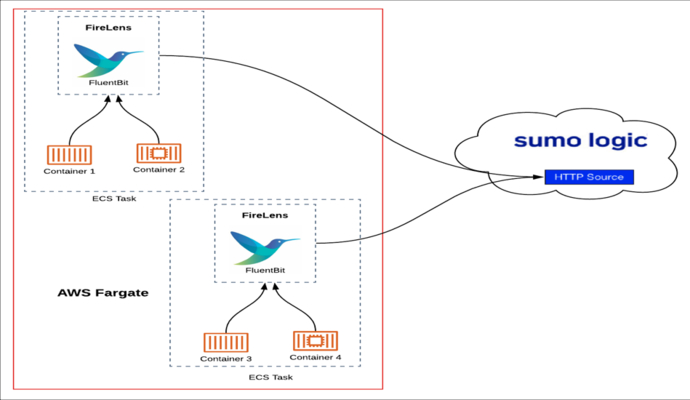AWS Open Source Blog
Category: AWS Fargate
Running Dicoogle, an open source PACS solution, on AWS (part 2)
This blog post is the second part of a two-part series that describes how to host a secure Digital Imaging and Communications in Medicine (DICOM) server on AWS using Dicoogle open source software. In part one of this blog series, I introduced DICOM, explained the functionalities the solution provides, highlighted the AWS services used, and […]
Running Dicoogle, an open source PACS solution, on AWS (part 1)
This blog is the first part of a two-part series that describes how to host a secure DICOM server on AWS. It is based on the Dicoogle open source software, which provides the functionality of a PACS (picture archiving and communication system). A PACS stores and indexes DICOM medical image files, and uses the DICOM […]
Running your own server for Jamulus, an open source solution to jam with other musicians online
Musician activities, such as choir and band rehearsals—or jamming out—were largely grounded by the Covid-19 pandemic lockdowns. Many of these groups needed alternatives, and they often resorted to videoconferencing tools, such as Amazon Chime or open source tools, such as Jitsi. Most of these solutions are optimized for conversation, however, not for music, so they […]
Run Selenium tests at scale using AWS Fargate
This article demonstrates an approach for running Selenium tests at scale for low cost by utilizing AWS Fargate Spot to run tests without having to manage and orchestrate their containers. Selenium framework Integration tests, as defined by Martin Fowler, “determine if independently developed units of software work correctly when they are connected to each other.” […]
Containerize and deploy a gRPC application on AWS Fargate
These days, building an application distributed among processes, hosts, or even networks is much easier. This is partially due to an evolution in the protocols used to negotiate between different components of an application or service. This evolution is largely the result of the popularity of both the TCP and HTTP protocols as a means […]
Why Jenkins still continuously serves developers
For an estimated 15 million developers, Jenkins is synonymous with countless iterations of collectible stickers of the iconic, non-assuming butler that have adorned their laptops all over the world. The butler is representative of the ubiquitous open source continuous integration (CI) technology that has quietly automated an endless set of development tasks for well over […]
Continuous delivery with server-side Swift on AWS
Swift is a general-purpose programming language released by Apple in 2014. It aimed to provide many of the features of Objective-C, such as type safety, late binding, and dynamic dispatch, in a package that would improve developer productivity and code safety. Although Swift has been a popular replacement for Objective-C for iOS development, it is […]
AWS Fargate container logs collection and analysis with AWS FireLens and Sumo Logic
AWS Fargate is a compute engine for Amazon ECS that allows you to run containers without having to manage servers or clusters. Fargate manages provisioning, configuration, and scaling of the clusters. With Fargate, you can focus on your application design and implementation instead of worrying about the infrastructure. In this post, we’ll provide an overview […]
Splitting an application’s logs into multiple streams: a Fluent tutorial
Not all logs are of equal importance. Some require real-time analytics, others simply need to be stored long term so that they can be analyzed if needed. In this tutorial, I will show three different methods by which you can “fork” a single application’s stream of logs into multiple streams which can be parsed, filtered, […]
Continuous delivery of container applications to AWS Fargate with GitHub Actions
At the day two keynote of the GitHub Universe 2019 conference on Nov 14, Amazon Web Services announced that we have open sourced four new GitHub Actions for Amazon ECS and ECR. Using these GitHub Actions, developers and DevOps engineers can easily set up continuous delivery pipelines in their code repositories on GitHub, deploying container workloads to Amazon Elastic Container […]








